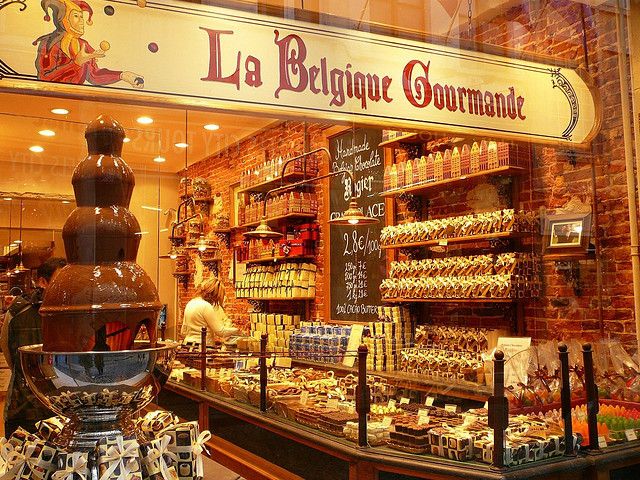The History of Gossip

Pop Art style comic book panel gossip girl whispering in ear secrets with speech bubble, rumor, word-of-mouth concept vector illustration
March 30, 2022
People love to gossip. Whether it’s at school with your friends, at work with your coworkers, in magazines about the personal lives of celebrities and royalty, gossip is everywhere. I’ll even be the first to say it, I love gossip. I never intend to do so in a malicious way, and neither do many of my friends. Furthermore, gossiping in everyday use isn’t usually the same as what is portrayed in early 2000s teen movies. People tend to use gossip to spread information and catch up on things that people are probably not sharing with people they don’t regularly interact with. And this isn’t a sociological abnormality. For centuries people have used “gossip” (although we’ll get into the true meaning of the term later) to share news, to spread ideas that may not be welcomed in mainstream circles, to stay informed on the wellbeing of relatives or spouses, and just to hear the latest happenings of one’s community. It has not always been the pastime of the teen mean girl, or the miserable widow, no matter what its current portrayal in the media is trying to tell you.
Gossiping can be traced back to the 12th century and is derived from the word “Godsibb” meaning godparent. Medieval churches during this time framed gossiping as a morally neutral practice. The word is even seen being used in some church sermons, and not to admonish those who engaged in the practice. Gossiping was a necessity before modern technology, one could not be expected to send a letter to every person they know about every notable event that occurs in their life. Instead, this information traveled by word of mouth. In the Middle Ages people used to host “friendship meetings”, which were spaces where new information about topics ranging from spousal disputes to political matters could be shared in private. And this practice was all well and good, that is until “gossiping” became a woman’s hobby.
Patriarchal values managed to quickly shape the way gossip was viewed, completely redefining the practice altogether. Though gossiping was and still is a gender-neutral activity, women who gossiped in the Middle Ages tended to do so in the public eye, which made gossiping not only dangerous but shameful. Men still gossiped, the only difference was that they had the luxury of doing so in private. Additionally, because women had no option but to be jobless, they held little influence in society, so many men questioned the importance of female gossip. Women’s gossiping was deemed inappropriate and sinful, while men’s gossip was praised for bringing about ideas and sharing “important” information.
Likewise, women’s friendship has always been viewed as threatening in the patriarchal eye, and gossiping is and always has been an integral part of female bonds. Sharing experiences and information, especially in times when no one wanted to inform women of real-world problems, was and is vital. But female friendships are deemed “too powerful” because of this, which is why the relabeling of female friendships as “witch cults” was able to become such a popular sentiment. Along with quite literally demonizing women for daring to speak with one another, in 1547 a proclamation was issued to rule against the “gossip and babble of women ”, with a stated purpose of fending against witchcraft, and an unstated purpose of undermining female bonds.
Gossiping is quite obviously not a new practice and did not originate as a sinful act. Only when gossiping became linked with femininity and female leadership did it become a subject of such disgrace.

























